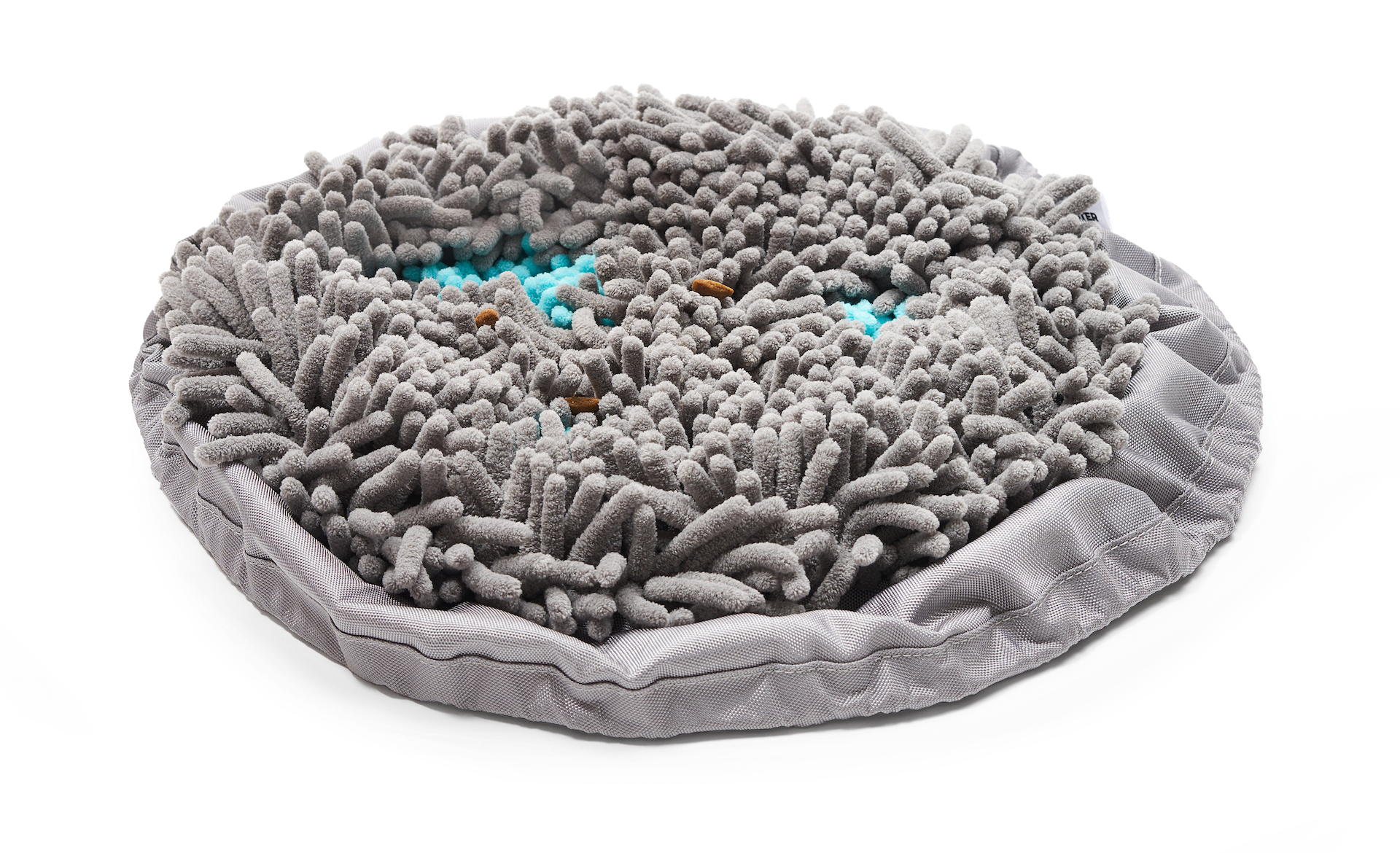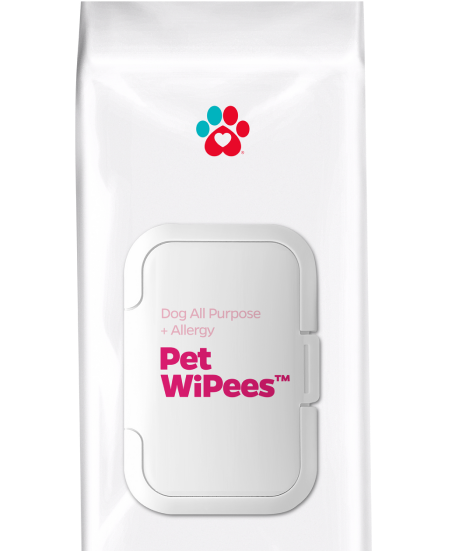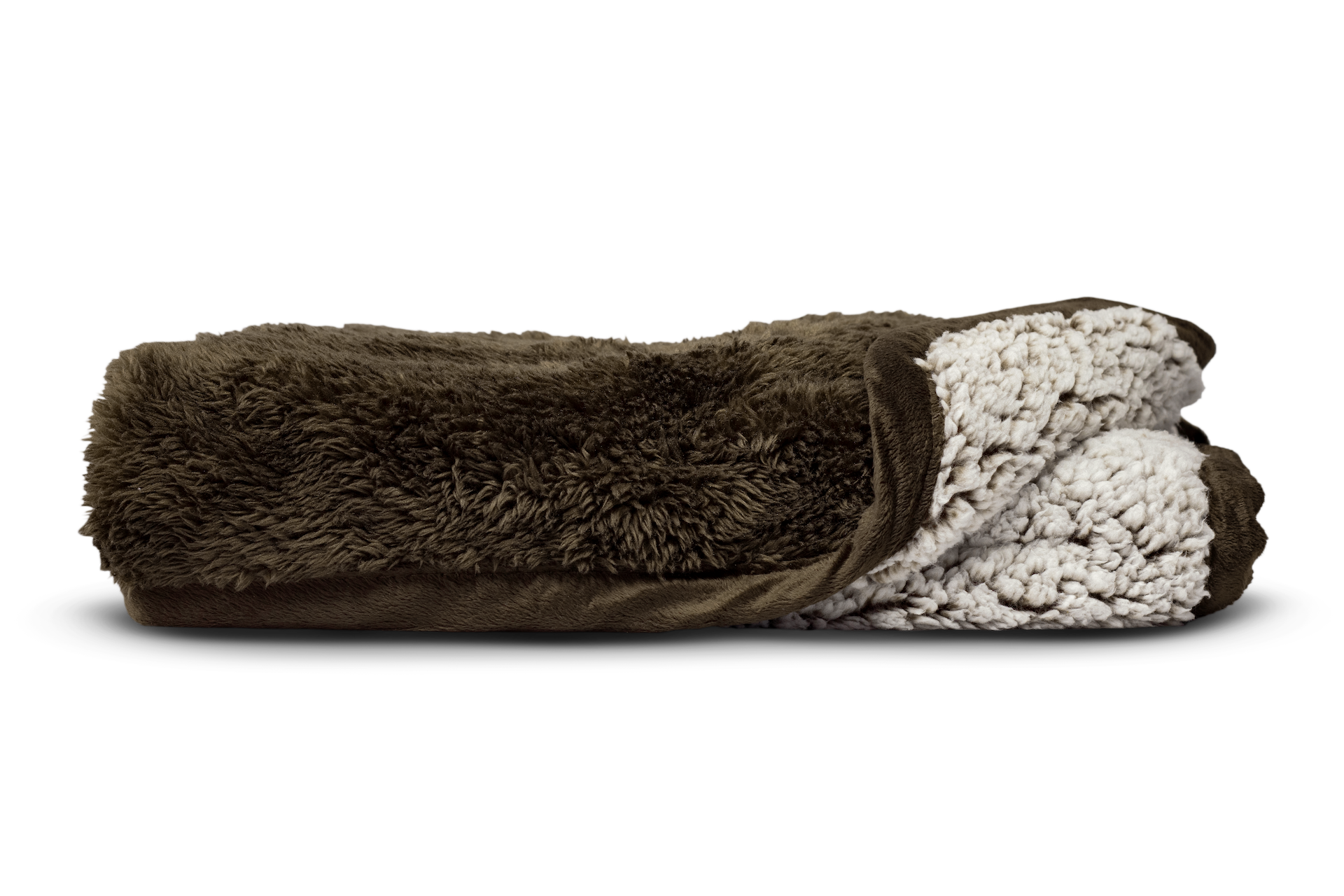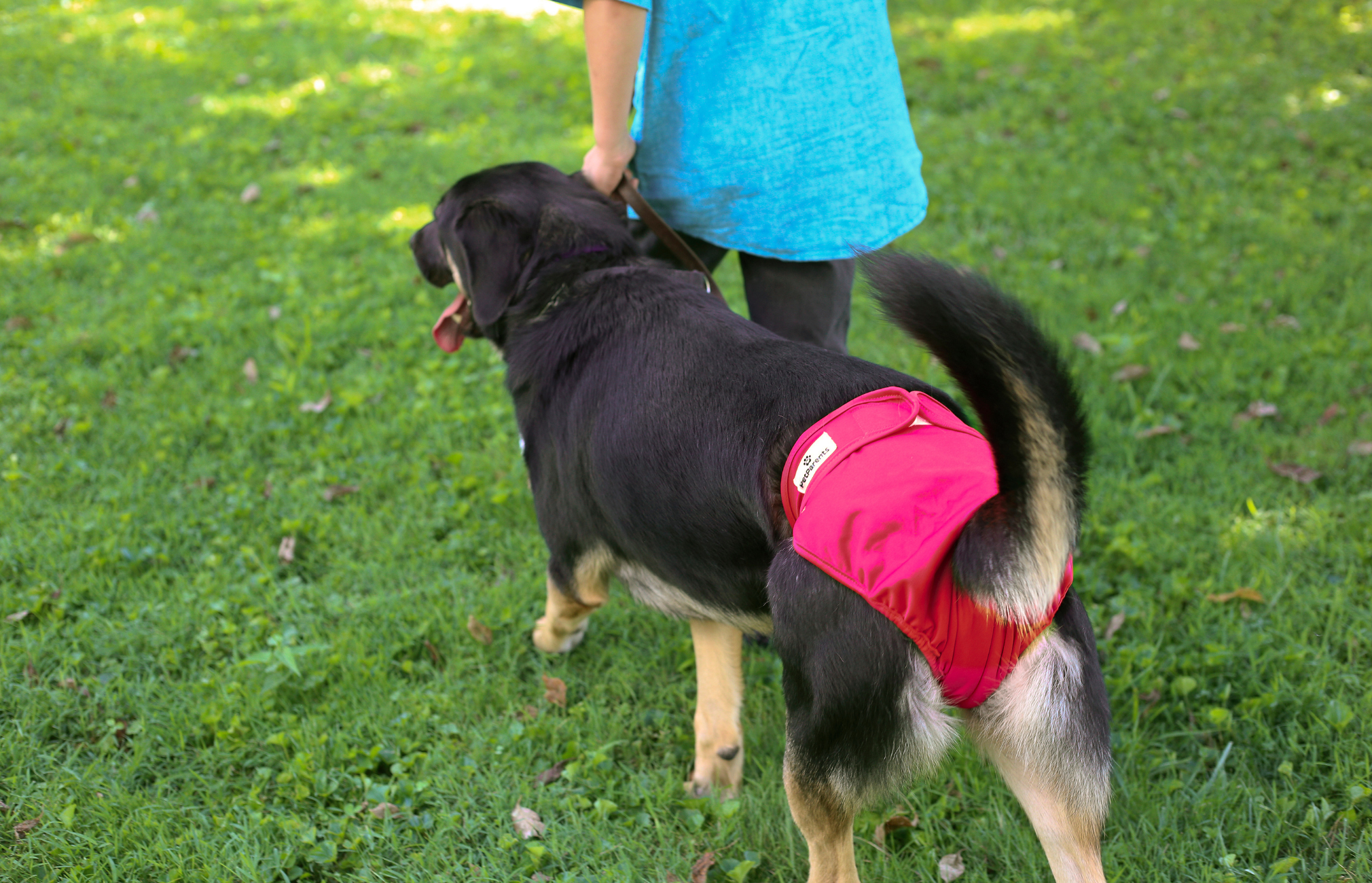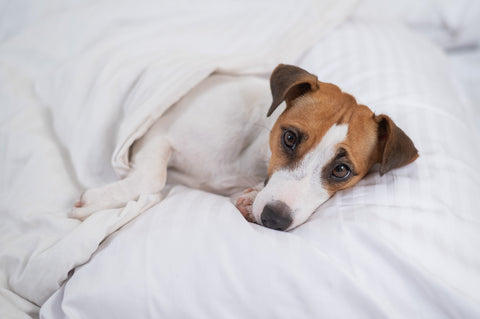Lack of Bladder Control in Dogs (also known as urinary incontinence) is when your fur baby is partially or totally unable to control his bladder activity. And when this happens? Pee accidents can be everywhere!
As pet parents ourselves, we know the struggle. That's why we've come up with a guide on what may cause this, symptoms and ways we can help prevent lack of bladder control from happening in our dogs.
Signs of Urinary Incontinence
Lack of bladder control in dog or urinary incontinence is perceived as urine leakage from your dog where he is involuntarily doing it, without control or awareness.
"Lack of bladder control in spayed female dogs is common. It is believed that a decrease in estrogen levels in the body caused the incontinence."
The following are symptoms of lack of bladder control in dogs you should keep watch for if you think your dog is going through this:
- Involuntary peeing
- Little wet spots in many different areas of the house
- Urinary tract infection
- Always wet or damp abdominal area or area between the hind legs
- Redness or inflammation of the skin surrounding the genitals (urine burn)
What Causes Urinary Incontinence in Dogs
For lack of bladder control in dogs, it can be caused by a lot of factors. It can be because of:
Medical conditions. There are a number of medical conditions that lead to the lack of bladder control in dogs. Some of these illnesses include diabetes, urinary tract infections, spinal degeneration, kidney failure, neurological problems, birth defects like lack of bladder development and defective urethrae. In other cases, medications for some medical conditions can also trigger lack of bladder control in your furbaby.
Spaying. Lack of bladder control in spayed female dogs is common. It is believed that a decrease in estrogen levels in the body caused the incontinence.
Age. Lack of bladder control also depends on how old your dog is. Older and senior dogs are more prone to lack of bladder control because as dogs age, their urethral muscles start to relax and become more feeble. But unknown to most pet parents, lack of bladder control also occurs in puppies since these little fur balls still don't have full control of their bladder.

How to Manage A Lack of Bladder Control in Dogs
Proper medical management. When you feel like your dog is going through lack of bladder control, it is best to have him checked by your vet so your vet can perform tests and give a proper diagnosis and treatment plan. Majority of the cases of lack of bladder control in dogs respond well to treatments so there's a great chance for your furbaby to gain full controlling his bladder!
Take frequent walks. Exercise is key. Take your dog on brief but frequent walks especially in the morning and shorty after a nap. Walks can help exercise bladder muscles.
Use dog diapers and belly bands. You will never really know when your furbaby will pee and where. That's why it's best to let him wear dog diapers or belly bands to avoid those messy clean ups!
Offer a healthy and balanced diet. A healthy and balanced diet is needed by your dog who lacks bladder control. A diet filled with whole foods, fiber, protein, etc. will give him the proper nutrients for a healthy body.
Provide Bladder Supplements. Provide your dog with supplements, like the Pet Parents® Bladder Dog Cranberry Supplement, that will provide your furbaby support for kidney and bladder health. It contains cranberry extract, D-Mannose and other essential nutrients that work together to flush out bad bacteria and promote optimum bladder muscle function.
Lack of bladder control in dogs may be one of a pet parent's greatest challenges but there are ways on how you can manage it and as always, Pet Parents® is here to be your helping hand, so you and your dog can live a happier and healthier life!

